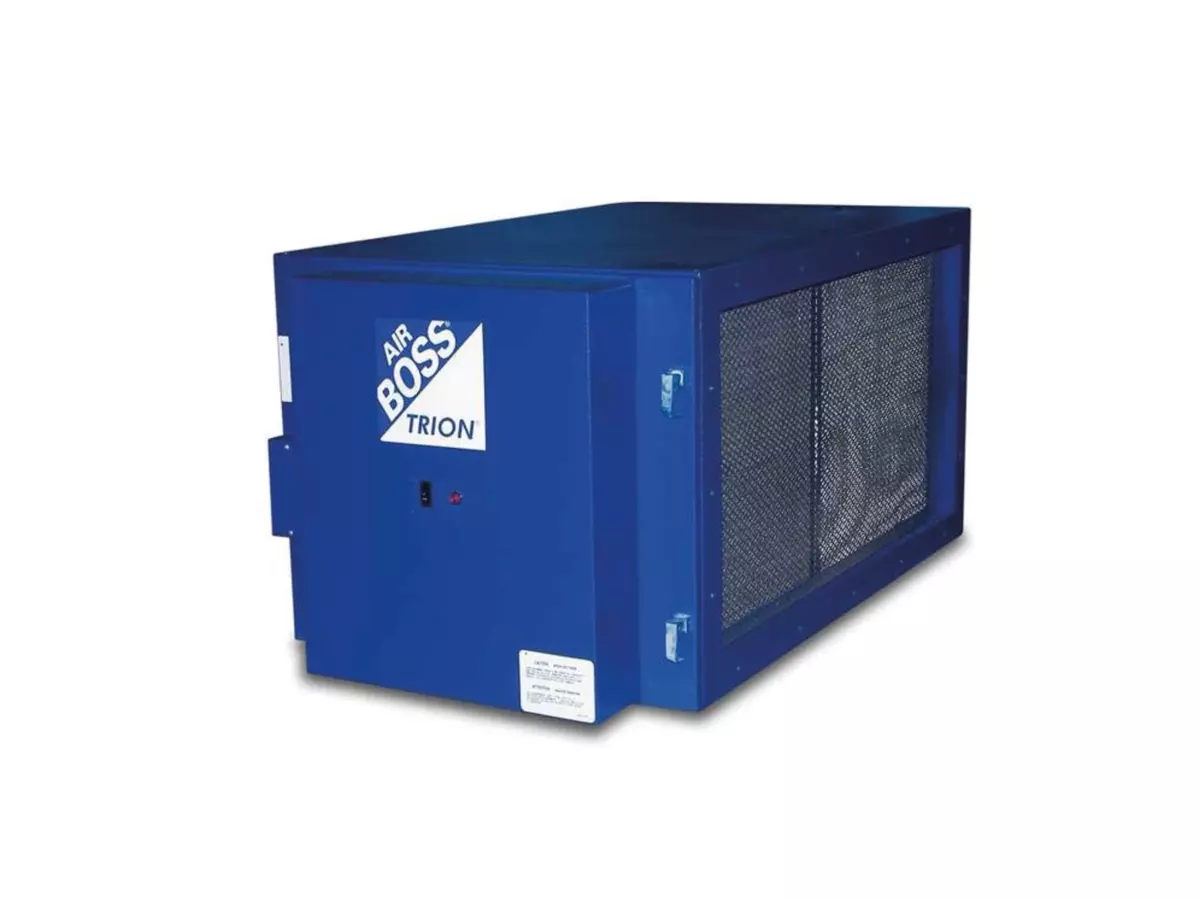Showing 6 of 6 products
You might want to visit our global site:

Our Trion electrostatic precipitators offer a high-quality solution for cleaning the air in commercial buildings, kitchens and industrial applications. With high-efficiency levels and low maintenance requirements, the lifecycle cost of an electrostatic precipitator is typically less than other filtration technologies.
Air is drawn into the unit to capture particles. The airborne particles pass through an electrostatic field and receive an ionised charge. The charged particles move into a collector, where each alternate plate is charged with the same polarity as the particles. This drives the particles to the second set of plates where an opposite charge attracts and collects the particles. The cleaned air is then exhausted.
Unlike media air cleaners that use replaceable filters that clog up when dirty, electrostatic precipitators contain permanent cells that can be washed, either manually or with an automatic wash system. The permanent cells, even when dirty, still operate at very low static resistances when compared to a media filter. This typically means motors are 1 to 2 sizes smaller, saving the operator energy costs, as well as the cost of disposing of dirty filters.
Showing 6 of 6 products





